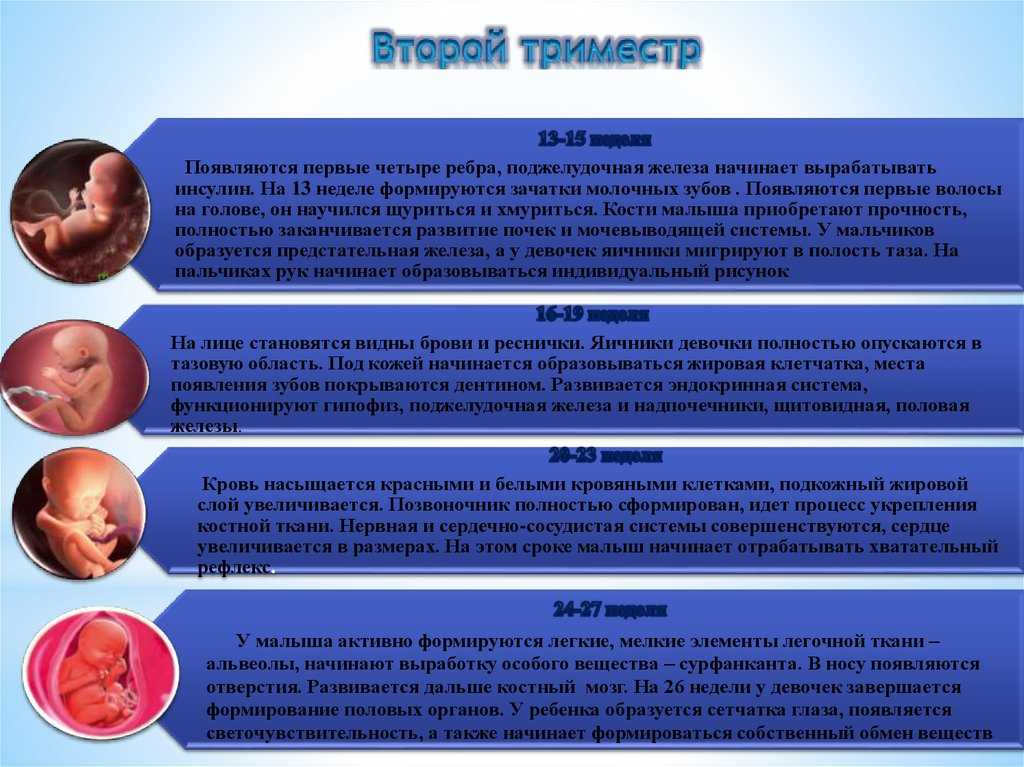How expensive is it to raise a child
It now costs $310,000 to raise a child: "Something has to give"
MoneyWatch
By Aimee Picchi
/ MoneyWatch
Analyzing consumer spending trends
Analyzing consumer spending trends amid high inflation 02:41Americans who are thinking about starting a family have a new datapoint to consider: The cost of raising a child from birth to age 17 will set you back by about $310,000.
That's according to a new analysis from the Brookings Institution, which analyzed the Department of Agriculture's 2015 estimate for the cost of raising a child and ran the numbers to account for inflation since then. Since 2020 alone, the higher pace of inflation has added about $26,000 to the cost of raising a child, according to the analysis.
The findings come amid a long-term trend of declining birthrates: the number of births in the U.S. dropped in 2020 to their lowest level since 1979. Advocates have pointed to a lack of family-friendly policies such as paid family leave. The U.S. is the only developed nation without such a program. The Biden Administration sought to expand the Child Tax Credit and provide more support for child care costs, but those plans fizzled with the failure of the Build Back Better Act.
"If you are going to have children, you have to recognize you have to work harder or consume less in some other area," noted Isabel Sawhill, a senior fellow at Brookings whose scholarship frequently focuses on economic and social issues surrounding marriage and children. "It's not a free choice."
And the study only includes child-rearing costs up to age 17, which means that additional expenses faced by parents who plan to send their children to college are not included in the estimate.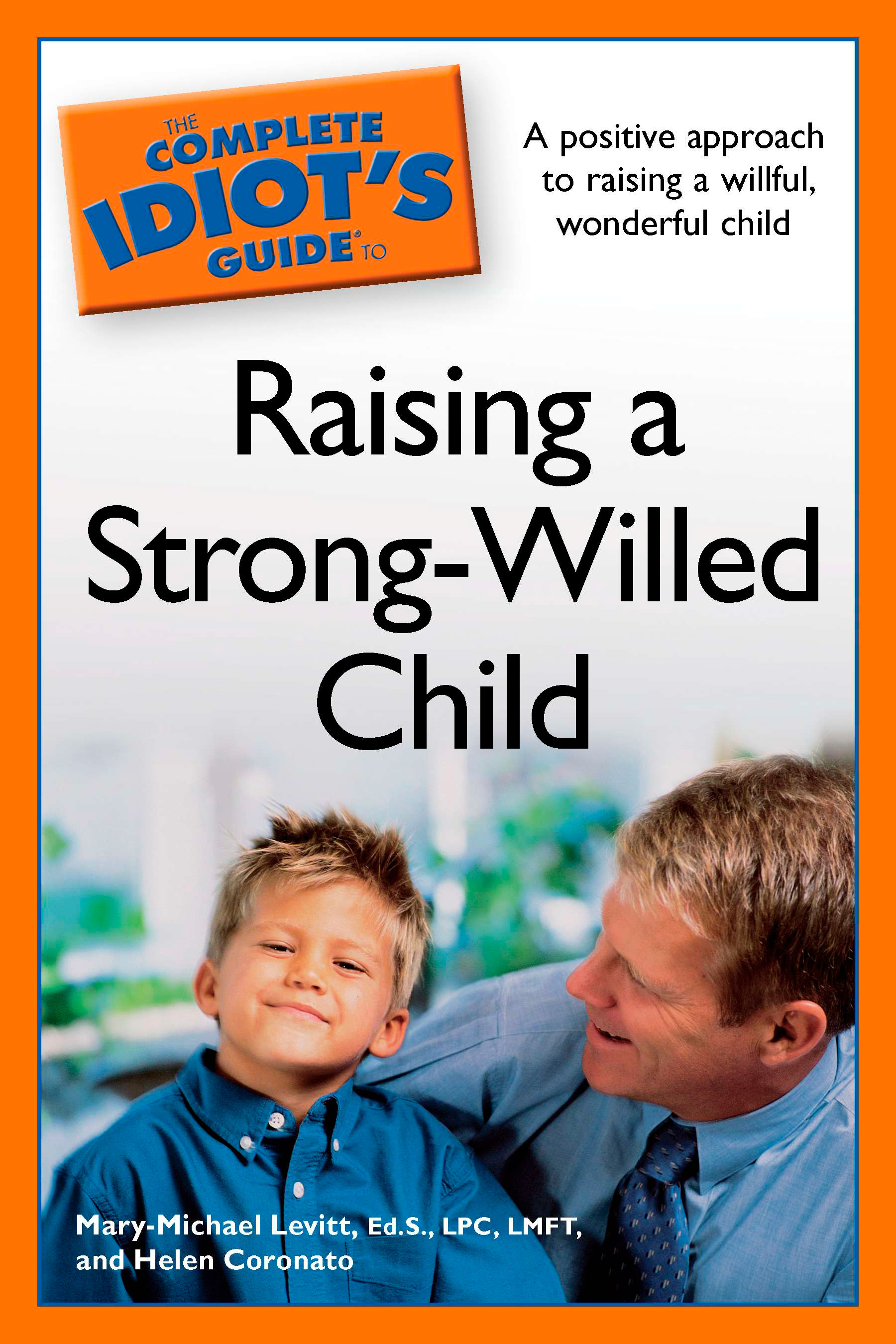
"If you expect your children to go to college, the $310,000 is just a beginning," Sawhill noted.
She added that the rising cost of raising children may be impacting some Americans' decisions about whether to start a family, although declining birth rates are common across developed nations — even in nations with financial support for families.
Never having children?
At the same time, more Americans without children are saying they will never have kids, with the Pew Research Center finding in a 2021 survey that 44% of nonparents between 18 to 49 aren't planning to start families — a jump of 7 percentage points from three years earlier.
What's clear is that families are increasingly making choices between what to fund, including whether one parent should stay home with children given the high expense of child care. The biggest cost for parents is housing, which consumes about 29% of raising a child, followed by food at 18% and child care and education at 16%, according to the Department of Agriculture's analysis.
Americans "could adjust by having fewer children or working more or by cutting back on expenses, but something has to give here," Sawhill noted.
Sawhill's analysis didn't break down the cost of raising a kid by category, but instead applied an estimated inflation rate to the USDA's calculation from 2015, when it expected parents would need about $234,000 to raise a child. From 2015 to 2020, Sawhill used an inflation rate of 2.23%, but assumed an inflation rate of 4% for 2021 and subsequent years, reflecting the current period of high inflation and mirroring the average CPI increase from 1980 to 1997, when the nation also faced a period of high prices.
Inflation impact
One parent said the high rate of inflation is making everything more expensive, from housing to food. Anneisha Williams, 37, and a single mother of six who lives in Los Angeles, said her rent recently rose to $1,730 a month from $1,600. She's picking up extra work on the side, in addition to her two jobs, to make ends meet.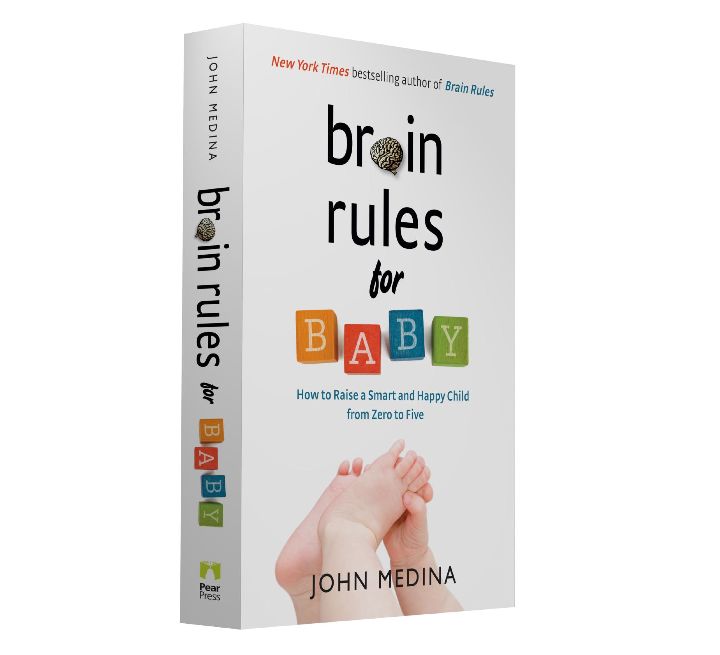
"Rent went up, gas is still like kind of shaky," she said. "Outside of me working my two jobs, I have to braid hair on the side, and offer to clean someone's house on the side." Williams added, "It's very stressful."
Williams, who works as an at-home care provider and at Jack-in-the-Box, said she's active with Fight for $15 to support a bill that would give fast-food workers more power and protections. She pointed out that the cost of raising kids isn't only tied to expenditures, but includes issues like missed income when a child is sick — since she doesn't get sick pay.
She said her advice to people considering starting a family is to be prepared financially. "Take their time, really make sure you are stable and able to take care not only of that child but the finances that come along with the child and the necessities of having a child," she noted.
Trending News
First published on August 30, 2022 / 10:20 AM
© 2022 CBS Interactive Inc. All Rights Reserved.
All Rights Reserved.
Thanks for reading CBS NEWS.
Create your free account or log in
for more features.
Please enter email address to continue
Please enter valid email address to continue
The Cost of Raising a Child
Posted by Mark Lino, Economist at the Center for Nutrition Policy and Promotion in Food and Nutrition
Feb 18, 2020
Families Projected to Spend an Average of $233,610 Raising a Child Born in 2015.USDA recently issued Expenditures on Children by Families, 2015. This report is also known as “The Cost of Raising a Child.” USDA has been tracking the cost of raising a child since 1960 and this analysis examines expenses by age of child, household income, budgetary component, and region of the country.
Based on the most recent data from the Consumer Expenditures Survey, in 2015, a family will spend approximately $12,980 annually per child in a middle-income ($59,200-$107,400), two-child, married-couple family. Middle-income, married-couple parents of a child born in 2015 may expect to spend $233,610 ($284,570 if projected inflation costs are factored in*) for food, shelter, and other necessities to raise a child through age 17. This does not include the cost of a college education.
Where does the money go? For a middle-income family, housing accounts for the largest share at 29% of total child-rearing costs. Food is second at 18%, and child care/education (for those with the expense) is third at 16%. Expenses vary depending on the age of the child.
As families often need more room to accommodate children, housing is the largest expense.We did the analysis by household income level, age of the child, and region of residence. Not surprising, the higher a family’s income the more was spent on a child, particularly for child care/education and miscellaneous expenses.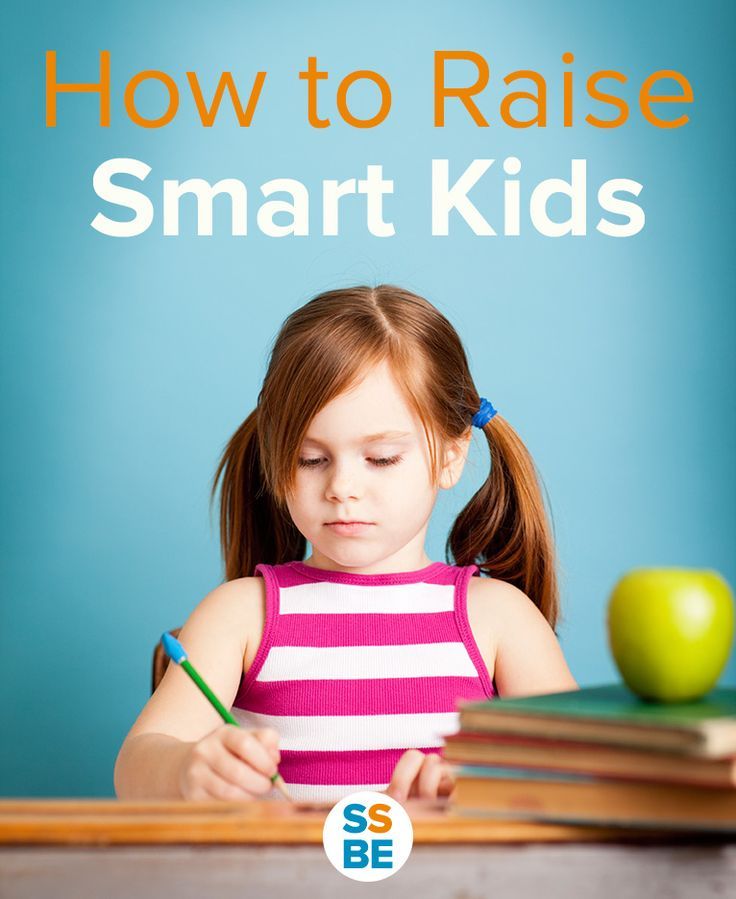
Expenses also increase as a child ages. Overall annual expenses averaged about $300 less for children from birth to 2 years old, and averaged $900 more for teenagers between 15-17 years of age. Teenagers have higher food costs as well as higher transportation costs as these are the years they start to drive so insurance is included or a maybe a second car is purchased for them.
Regional variation was also observed. Families in the urban Northeast spent the most on a child, followed by families in the urban West, urban South, and urban Midwest. Families in rural areas throughout the country spent the least on a child—child-rearing expenses were 27% lower in rural areas than the urban Northeast, primarily due to lower housing and child care/education expenses.
Child-rearing expenses are subject to economies of scale. That is, with each additional child, expenses on each declines. For married-couple families with one child, expenses averaged 27% more per child than expenses in a two-child family. For families with three or more children, per child expenses averaged 24% less on each child than on a child in a two-child family. This is sometimes referred to as the “cheaper by the dozen” effect. Each additional child costs less because children can share a bedroom; a family can buy food in larger, more economical quantities; clothing and toys can be handed down; and older children can often babysit younger ones.
For families with three or more children, per child expenses averaged 24% less on each child than on a child in a two-child family. This is sometimes referred to as the “cheaper by the dozen” effect. Each additional child costs less because children can share a bedroom; a family can buy food in larger, more economical quantities; clothing and toys can be handed down; and older children can often babysit younger ones.
This report is one of many ways that USDA works to support American families through our programs and work. It outlines typical spending by families from across the country, and is used in a number of ways to help support and education American families. Courts and state governments use this data to inform their decisions about child support guidelines and foster care payments. Financial planners use the information to provide advice to their clients, and families can access our Cost of Raising a Child calculator, which we update with every report on our website, to look at spending patterns for families similar to theirs. This Calculator is one of many tools available on MyMoney.gov, a government research and data clearinghouse related to financial education.
This Calculator is one of many tools available on MyMoney.gov, a government research and data clearinghouse related to financial education.
This year we released the report at a time when families are thinking about their plans for the New Year. We’ve been focusing on nutrition-related New Year’s resolutions – or what we are referring to as Real Solutions - on our MyPlate website, ChooseMyPlate.gov. This report and the updated calculator can help families as they focus on financial health resolutions. This report will provide families with a greater awareness of the expenses they are likely to face while raising children.
In addition to the report and the calculator, we also have a dedicated section on ChooseMyPlate.gov that provides tips and tools to aid families and individuals in making healthy choices while staying on a budget. For strategies beyond food, our friends at MyMoney.gov offer a wealth of information to help Americans plan for their financial future.
For more information on the Annual Report on Expenditures on Children by Families, also known as the cost of raising a child, go to: www. fns.usda.gov/resource/expenditures-children-families-reports-all-years.
fns.usda.gov/resource/expenditures-children-families-reports-all-years.
*Projected inflationary costs are estimated to average 2.2 percent per year. This estimate is calculated by averaging the rate of inflation over the past 20 years.
Editor’s Note (March 8, 2017): The comparison of rural vs. urban northeast child care and education value has been updated.
Visit the U.S. Department of the Treasury’s MyMoney.gov for more resources to ensure financial well-being this New Year’s season!Category/Topic: Food and Nutrition
Tags: children choosemyplate. gov CNPP Cost of Raising a Child economics Expenditures on Children by Families Food and Nutrition mymoney.gov MyPlate Research
gov CNPP Cost of Raising a Child economics Expenditures on Children by Families Food and Nutrition mymoney.gov MyPlate Research
Write a Response
Comments
How to bring up industriousness in a child?
home
Parents
How to raise a child?
How to bring up industriousness in a child?
- Tags:
- Expert advice
- 1-3 years
- 3-7 years
- 7-12 years old
- teenager
Looking at the endless scattered toys, dirty cups and shoes lying in the hallway, almost all the parents of the world are asking the same question: how to instill hard work in a child? How to make a dear and beloved child begin to respect the work of others and finally begin to help mom and dad?
When to start
Diligence - the desire and desire to work, this is not an innate trait of a person's character, it must be brought up, and from early childhood.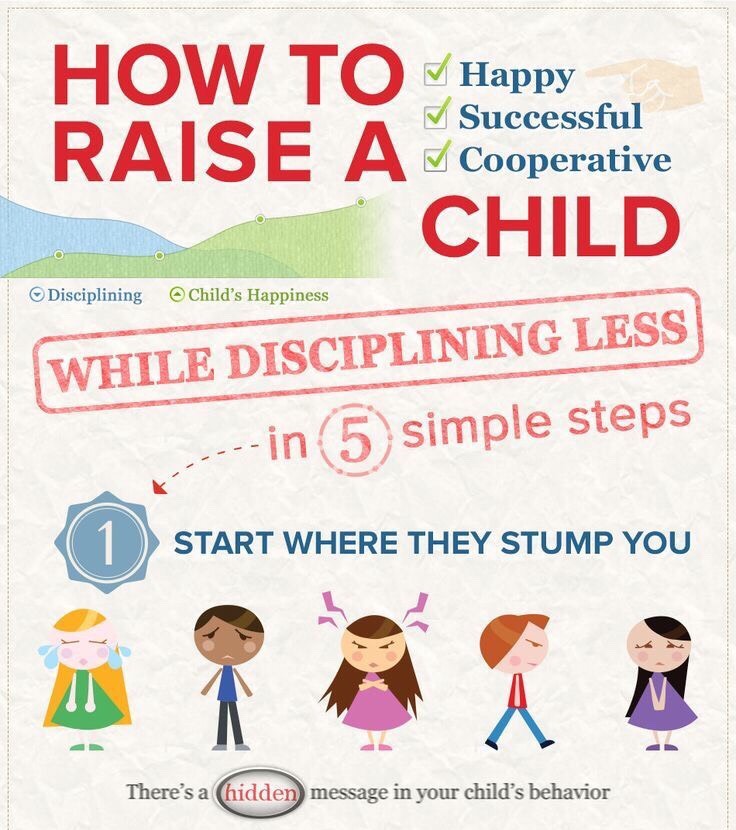 At two or three years old, children develop a desire to do everything themselves, including dressing, and self-service is the main type of work for a small child. It is important not to miss this period, because putting toys away, washing, combing your hair forms independence, confidence and a desire to overcome obstacles.
At two or three years old, children develop a desire to do everything themselves, including dressing, and self-service is the main type of work for a small child. It is important not to miss this period, because putting toys away, washing, combing your hair forms independence, confidence and a desire to overcome obstacles.
What if later?
Quite often, parents for one reason or another miss this moment, and then they need to make much more effort, show imagination, resourcefulness and, most importantly, angelic patience. Then the child will be able to catch up.
Where to start?
At preschool age, children are keenly interested in the activities of adults that they observe. They will gladly help you with ironing, sweeping, repairing your phone, vacuuming. In order not to discourage the child from working, let him help. Let him set the table and wash a couple of plates or spoons. It is very important to awaken the desire of the child to do any business in the best possible way.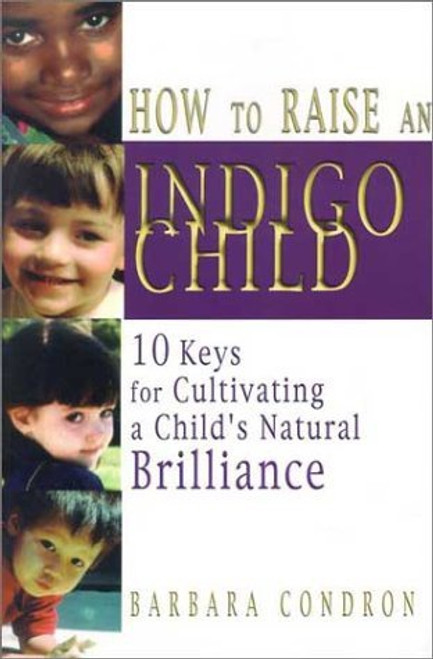
The ideal way for toddlers is to help in the form of a game. For example, by collecting toys, you can compete who will collect cubes or cars faster.
Let the kid save the whole galaxy from the invasion of dust or stop the torment of dishes by washing them. It doesn't matter what the heroism of the child will be; the main thing is that he himself believes that he is a real hero, protector and helper.
Another method is to show a vivid example. It can be a cartoon character, a book hero or a historical figure. Having told the child about him, you need to try to interest him, to arouse a desire to imitate.
Setting tasks right
Whatever you ask your child to do, never use a commanding tone. Any person, no matter what age he is - at 3 years old, 15 or 45 years old, responds much better to a request than to an order. And therefore, instead of: "How much can you say ..." - try to use softer forms.
Often children refuse to do something because they do not understand well what is required of them.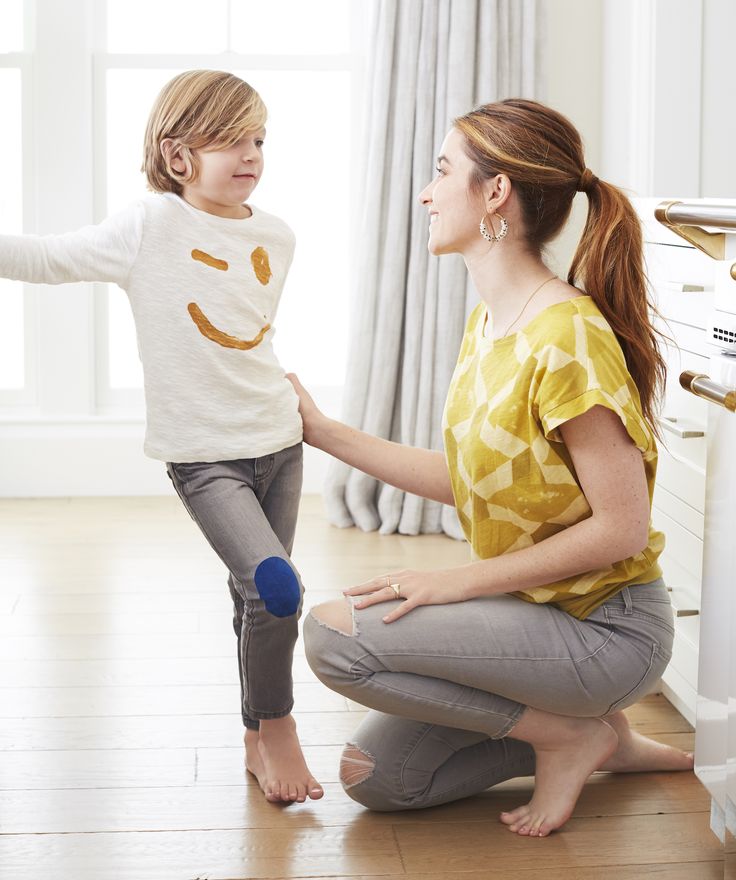 When formulating the tasks that you give your child, try to be as specific as possible. “Clean your room” sounds too abstract. This may include general cleaning. “Hang up your clothes and put your books away” - this form is clearer, clearer and more accessible.
When formulating the tasks that you give your child, try to be as specific as possible. “Clean your room” sounds too abstract. This may include general cleaning. “Hang up your clothes and put your books away” - this form is clearer, clearer and more accessible.
Own example
One of the best teachers is one's own example. For a child, parents are a kind of standard of behavior. By showing your child how easy and simple it is to carry out certain assignments, you will prove to him that there is nothing wrong with this work. The main thing to remember: the child should not think that housework is hard work or punishment.
Try to do everything in good spirits, show your child that even doing fairly simple things, you can get pleasure: if not from the process, but from the result. Then, helping dad to hammer in nails, the little man will feel like a real adult, because he has completed a very difficult task. The young hostess, having prepared the first salad in her life, will experience one of the best feelings in the world when she sees how her family devours her cooking with pleasure.
Commensurability
Don't give your child something he can't handle. You should not ask him to arrange expensive broken dishes: if he is not yet dexterous enough, then a broken salad bowl will upset him and discourage him from doing such work. Make sure children do not lift heavy objects or pick up dangerous objects when you are not supervising them. Remember: if the task is feasible, then it is done with interest and pleasure.
Responsibilities
It is important that the child understands that in the family there are responsibilities not only for parents, but also for him - permanent, and not from case to case. Instruct to feed the fish, make the bed, arrange books on the shelves, water the flowers. Interest in work increases if the child sees the benefits of what has been done.
Parental care
Often, considering that the children are still small or sickly, or referring to the lack of time and patience, parents perform their duties for the children. The absence of the need to make efforts brings up laziness, indifference, selfishness in children.
The absence of the need to make efforts brings up laziness, indifference, selfishness in children.
Do not do for your child what he can do for himself!
Try to help the child only when he asks for it.
Collaboration
Including a child in family work makes his life more interesting. In addition, joint work unites the family, the child feels his importance. “We baked pies with mom”, “My dad and I repaired the car,” the children proudly say.
Ask for help more often: put groceries in the refrigerator, wipe the puddle in the bathroom, throw the empty bag off the table in the trash, give slippers, etc. Over time, the child himself will notice what needs to be done.
Do not redo their work in front of them! And be sure to praise the children for the work done!
Behavior is formed from habits, character is formed from behavior. Everything is in our hands
Angela Voropay
How independent is my child?
Perhaps your child is quite an adult and independent person, able to take care of himself completely.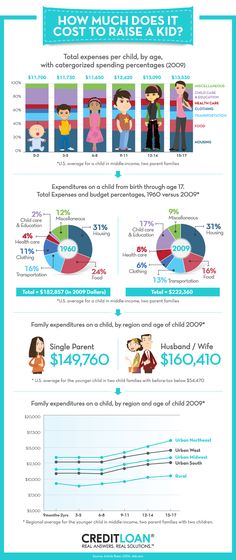 Or remains an obnoxious tomboy who needs to be looked after? Find out how independent your child is by taking this quiz.
Or remains an obnoxious tomboy who needs to be looked after? Find out how independent your child is by taking this quiz.
Pass the test
You can! How faith in a child helps to raise him/her happy
According to statistics, parents correct their child's behavior every 6–9 minutes. But how effective is this way of communication and does it motivate the child to learn new skills? The experience and observations of specialists show that in order to raise a successful and happy person, you need to pay attention to the strengths of the child and praise him
Everyone wants their child to be the best, or at least develop as well as their peers. But what if the lessons seem boring to your child? How to interest him in studies and is it necessary to do it at all? Blogger Dmitry Chernyshev, relying on the work of experts in the field of psychology and pedagogy, answers these questions in his book Vertical Progress: How to Make Children Love School, and also explains why the modern education system is outdated and does not work. The book is published in June by Alpina. Children". Forbes Woman publishes an excerpt about what parenting methods existed at different times and why you should always believe in your child.
The book is published in June by Alpina. Children". Forbes Woman publishes an excerpt about what parenting methods existed at different times and why you should always believe in your child.
In 1934 the German physician Johanna Haarer published the book The German Mother and Her First Child. The recommendations in this book have been incorporated into the Reich mothers' education program to instill proper infant care skills in all German women. By 1943, three million German women had completed this program. More than 1.2 million copies were sold, almost half of them after the end of the war.
In this book, Haarer recommended raising children with as few "attachments" as possible. If the child was crying, it was his own problem, not the mother's problem. Excessive tenderness was to be avoided at all costs. Emotional contact was ordered to be kept to a minimum. "The child must be fed, washed and dried, and then left alone. " Instead of using the “children's” language (“aha”, “who is so sweet with us”, “u-tu-tu”), it was proposed to use the correct German.
" Instead of using the “children's” language (“aha”, “who is so sweet with us”, “u-tu-tu”), it was proposed to use the correct German.
If the child began to cry, in no case should you take him in your arms, hug him and calm him down, and also put the child on your knees and breastfeed - this, according to the author, would only lead to the fact that the child quickly learned to achieve everything by crying. And the next book by Johanna Haarer was the book "Mom, tell me about Adolf Hitler."
Haarer's ideas can still harm the emotional health of Germans. Renate Flens, a German woman in her 60s who suffers from depression, told her therapist that she wants to love her children but cannot. It soon became clear that Flens' problems stemmed from her inability to let others get close to her. She grew up on Haarer's book, and this book shaped her picture of the world.
One of the psychotherapist's patients told him that one day he found his mother's thick book in which she wrote down all kinds of information about the first year of his life: weight, height, frequency of bowel movements. But there was not a single word in it about her feelings for her son.
But there was not a single word in it about her feelings for her son.
I never understood this strict advice to parents - if a small child is crying, don't go near him. You need to educate him, he manipulates you. Of course he manipulates. And you wanted him to be silent all the time? In a small child, crying is one of the very few channels of communication with the world and connection with the parent. It cannot be cut off. Emily Oster's book "Baby Statistics" tells of orphans in Romania: "At 19In the 1980s, Romanian shelters were overcrowded. Many of the children who went there faced violence and other problems. They had not been in contact with benevolent adults for years, which had a negative impact on their psyche. Visitors noted that there was an ominous silence in the shelter. The children did not cry because they knew that no one would come for them.” It seems to me that such silence is a hundred times worse than the bitterest cry of a child. One of the biggest problems in raising children is related to parents misunderstanding the possessive pronoun MY - my child.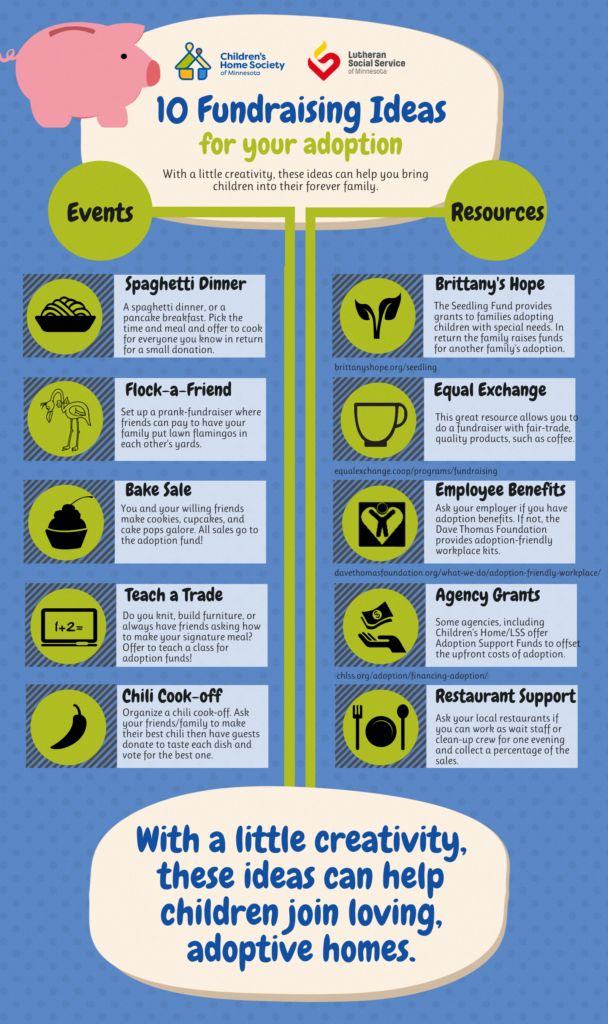 “Here you give birth to your own, then bring up, and this is my child. Don't interfere, it's my baby. I gave birth to you, I will kill you, and so on.
“Here you give birth to your own, then bring up, and this is my child. Don't interfere, it's my baby. I gave birth to you, I will kill you, and so on.
Of course, this is your child. But he is yours - not like your chest of drawers or even like your dog, but like your friend. From the fact that you gave birth to him, fed him, did not sleep at night, tore off the last piece from yourself ... it does not follow that this is your property.
Imagine you see a big man beating a small man. It's a completely wild situation. You intervene, and they tell you: this is MY child. And what has changed at this moment? Nothing. The situation has only gotten worse and meaner - the little man is doomed to live with the big man who beats him.
This is a very serious and controversial topic: how far does a parent's power over his child extend. What can a parent do and what can't? Does a parent have the right to refuse to vaccinate their child? Forbid to transfuse blood to a sick child? Give up schooling? Cut off body parts from him for religious reasons? Get tattoos on it? Pierce his ears? Train him in ritual cannibalism? And Protestantism? Baptize a child? Ban him from TV? And the computer?
No need for arguments: I only wish my child well.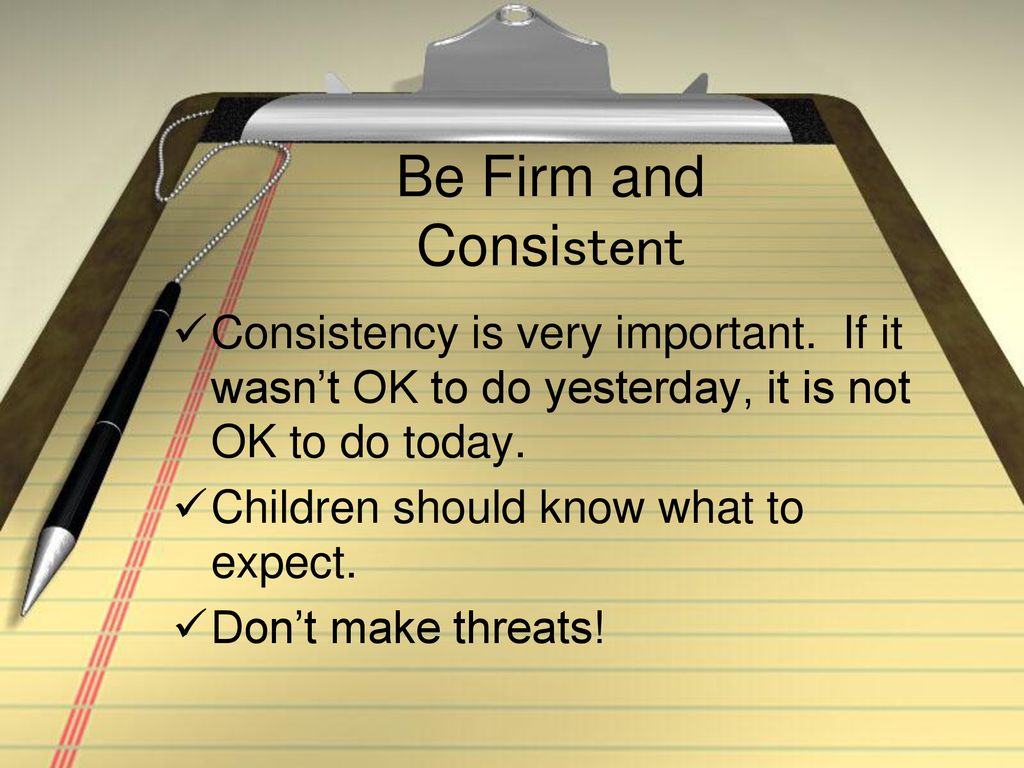 All parents say that no matter what they do with their child. Even those who raise martyrs from children.
All parents say that no matter what they do with their child. Even those who raise martyrs from children.
The worst way to control a child is through a guilt complex. “Because of you, we didn’t sleep at night, we tore the last piece from ourselves, and you, such rubbish, don’t want to wash the dishes.” Guilt is a very rotten tool. The child doesn't owe you anything. It was your decision to give birth, not his. Perhaps, if he had a choice, he would prefer not to you at all. In the same way, they tried to manipulate students in Soviet schools: yes, the state educates you for free, but you parasites ... Adults were reproached with free housing and healthcare. And especially the war - how many people died so that you could live.
According to statistics, parents correct their child's behavior every 6–9 minutes(!). Therefore, it is better to teach children about values than to set rules for them.
Shalva Amonashvili once said that when communicating with a child it is useful to imagine that the future Mozart is in front of you. Or Einstein. Will you yell at Einstein and humiliate Mozart? Or help your child discover his abilities? You need to believe in your child, even if it seems to you that nothing comes of it and that other children are much more talented. There is such an interesting effect, which is called the Rosenthal effect. At 19In 1965, the American psychologist Robert Rosenthal conducted an experiment in different schools: teachers were told that a certain test had been developed by which it was possible to identify students who were on the verge of an intellectual leap (promising or geeks). For this, 20% of the students were randomly selected.
Or Einstein. Will you yell at Einstein and humiliate Mozart? Or help your child discover his abilities? You need to believe in your child, even if it seems to you that nothing comes of it and that other children are much more talented. There is such an interesting effect, which is called the Rosenthal effect. At 19In 1965, the American psychologist Robert Rosenthal conducted an experiment in different schools: teachers were told that a certain test had been developed by which it was possible to identify students who were on the verge of an intellectual leap (promising or geeks). For this, 20% of the students were randomly selected.
A year later, it turned out that the level of intellectual development of the "child prodigies" became much higher than that of all the others. Teachers unknowingly paid more attention to the alleged "wunderkinds", which affected the success of their education. Teachers were so fascinated by the prospect of having brilliant students that, as the facts show, they began not only to consider them the best in their studies, but also to attribute to them positive qualities of character.
Another story from America. The day after the assassination of Martin Luther King Jr., schoolteacher Jane Eliot in a small town in Iowa conducted a daring experiment in her class. She wanted to show students what prejudice and discrimination are. She divided all the children into two groups - with blue eyes and brown eyes - and explained that children with blue eyes have a much higher social status and are significantly superior in intelligence to their peers.
Once in a privileged position, blue-eyed children immediately began to dominate their brown-eyed classmates and even abused them, verbally and physically. In addition, the acquired high status led to an improvement in their intellectual abilities. After receiving it, blue-eyed children began to do better in math and spelling (these data turned out to be statistically significant, according to Eliot's initial data).
Equally impressive was the drop in academic achievement for brown-eyed children who received low status. But the most interesting thing happened later. Mrs Eliot told her third graders that she was wrong. And asked for their forgiveness. In fact, she explained, the exact opposite is true: brown eyes are better than blue eyes! The new test results showed a decline in the performance of blue-eyed students and an increase in the performance of brown-eyed students.
But the most interesting thing happened later. Mrs Eliot told her third graders that she was wrong. And asked for their forgiveness. In fact, she explained, the exact opposite is true: brown eyes are better than blue eyes! The new test results showed a decline in the performance of blue-eyed students and an increase in the performance of brown-eyed students.
Brown-eyed children, who have already experienced what discrimination is, got the opportunity to show compassion - now that their status has turned out to be higher. After all, they themselves learned what a low social status is. But there was no compassion. The brown-eyed children paid back in kind. They commanded and offended their former blue-eyed offenders.
Do not be afraid to praise your child. Praise in front of everyone, and scold only in private. And you can never question his identity. You should not tell the child “you are bad”, it’s better to say that he is very good, but now he acted badly.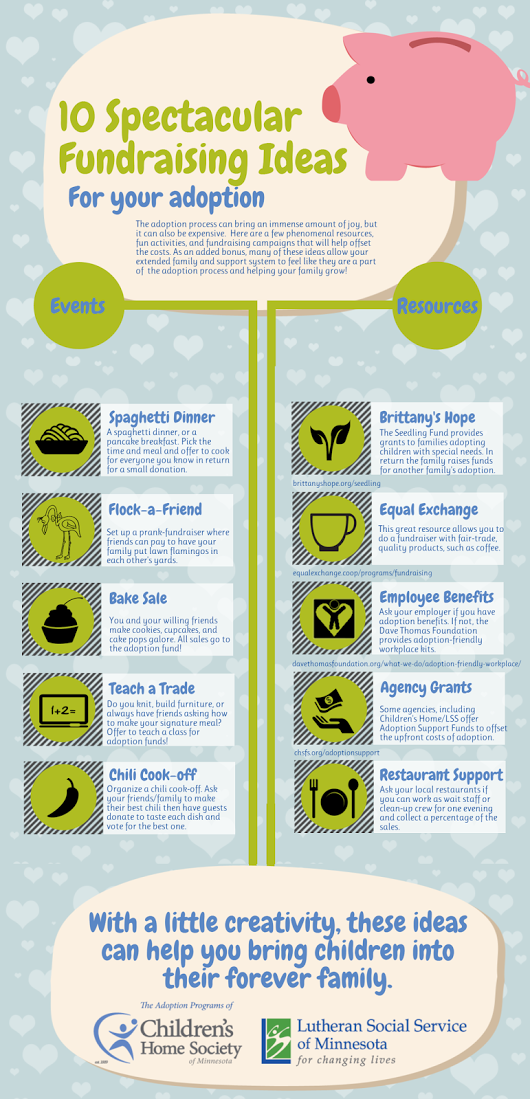
American writer Ken Robinson tells a wonderful story about Jillian Lynn, who directed the musicals Cats and The Phantom of the Opera:
“Once at dinner I asked Gillian how she became a dancer. She said that at school she was considered hopeless. Someone from the school wrote a note to her parents saying that the girl had learning disabilities. She couldn't concentrate, she was always fidgeting. Now they would say that she has attention deficit disorder. But at 19In the 30s, no one knew about this syndrome, there was simply no such problem.
She was taken to the doctor. She went there with her mother and was placed in a chair at the far end of the room, where she sat with her hands under her feet for twenty minutes while the doctor talked about her problems at school. She interfered with everyone, handed in homework at the wrong time, and so on. In the end, the doctor sat down next to Gillian and told her that he had listened to her mother, realized all of Gillian's problems, but now he would like to talk to her mother in private.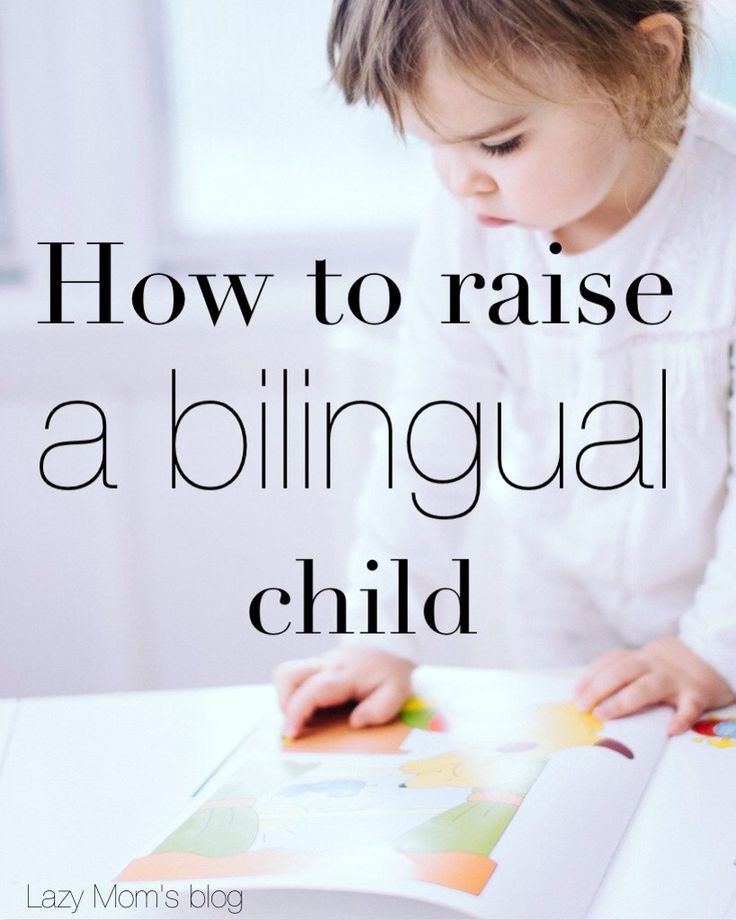 He asked Gillian to wait a bit and followed his mother out of the room. Before leaving, he turned on the radio on the table. As soon as the adults left, the doctor asked Jillian's mother to take a look at what her daughter was doing. She immediately jumped to her feet and began to move to the beat of the music. The doctor and Jillian's mother looked at it for a couple of minutes, then the doctor turned and said, "Mrs. Lynn, Jillian is not sick. She is a dancer. Give her to a choreographic school.
He asked Gillian to wait a bit and followed his mother out of the room. Before leaving, he turned on the radio on the table. As soon as the adults left, the doctor asked Jillian's mother to take a look at what her daughter was doing. She immediately jumped to her feet and began to move to the beat of the music. The doctor and Jillian's mother looked at it for a couple of minutes, then the doctor turned and said, "Mrs. Lynn, Jillian is not sick. She is a dancer. Give her to a choreographic school.
I asked what happened next. She said that her mother followed the doctor's advice and that it was wonderful. They entered a room where there were people who looked like Gillian, fidgets, people who had to move in order to think. They studied ballet, tap dance, jazz style, modern dance. Then she was accepted into the Royal Ballet School, she became a soloist, had a wonderful career in the Royal Ballet Company. She eventually graduated from the Royal Ballet School and started her own company, the Gillian Lynn Dance Company, and met Andrew Lloyd Webber.




